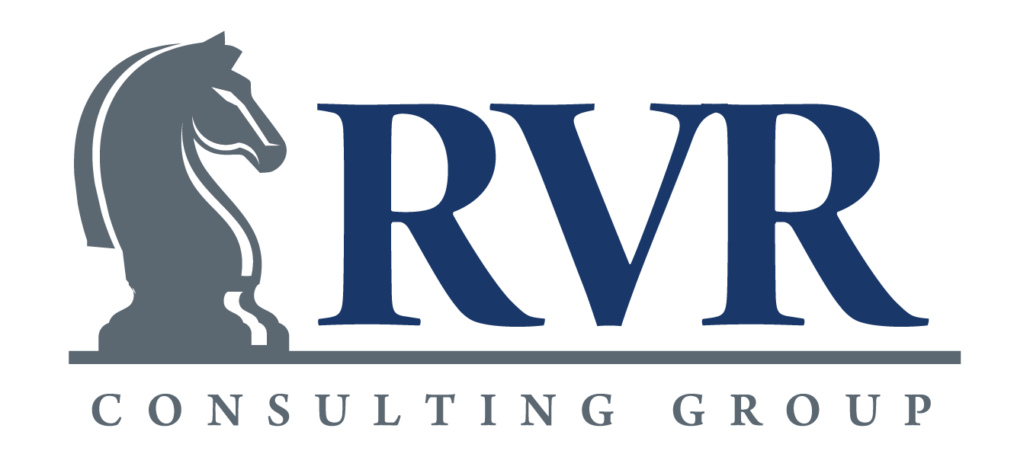Where Your Business Might Be Losing Money
If not given appropriate oversight, several costs can have a short and long-term impact in your business. The problem is that you don’t see those costs pile up until later down the road. You may think your cost is x-amount, but when you adjust your finances, that cost is hiked up significantly. So, how do you navigate financial waters to come out on top? Awareness and action must become priorities.
Listed below are costs that your company should be review and reconsider when trying to save dollars and maximize organizational growth:
State Unemployment Costs
You pay based upon how much employees work, and this mitigates risk for people who misuse the system. However, hidden costs exist, especially during growth. Manage your unemployment claims, seek to prevent risk, and satisfy claims as quickly as possible to prevent cashing out more down the line.
Worker’s Compensation & Claims Management Costs
If you pay a premium, but you have more claims than that value, your rate will be modified in the following year. This adjusted rate will be greater than the standard for the next three years, even if your company improves its processes in that timeframe. Save yourself the hassle and cover your bases ahead of time.
If your claims dollars exceed what you originally estimated, you will be charged more. In turn, it will lower your gross profit.
Joe Raymond, Managing Partner at RVR, reflects on his experience in a light-industrial/clerical business he owned, within one of the highest-risk industries:
“We received collateral refunds from policies and had our modified rate go below 1%, which became a significant increase to the bottom-line. Implementation was straightforward: we emphasized preventative due diligence at worksite evaluations, and carried out a tight process during live injuries. At the same time, we were aggressive at closing out claims. It all made a huge difference.”
Managing claims takes commitment, consistency, and a process that everyone believes in and can follow. Often, you can see an impact within a year of putting new measures in place, which better positions your organization to negotiate with the insurance companies. Larger premiums can impact your cash flow, but small preventative measures can make all the difference.
Need more incentives? The Job Tax Credit creates an opportunity to receive a credit during effective claims management, furthering a positive cashflow impact.
Financing Costs
Here’s the situation: You need to pay weekly to employees, but your clients are not going to be paying you for a while. You’re carrying those payrolls for a long time. You have several options to get a receivable invoice funded, so that you can have an alternative source funding. Most commonly, those will be personal expenses, investor funding, or (usually) factoring.
In a traditional bank loan, you may get two points above prime rate. During factoring, you could get 16-24% on what you borrowed. The bank may advance you 70-80%, but it still probably is not enough. You’ll have to finish those payments out-of-pocket.
Factoring will advance up to 90% of what you need, granting you cashflow when you need it most. Hidden costs of that may include an origination fee, restrictive covenants (bank sheet requirements), hidden transactional fees, monitoring fees, etc.
In short, younger companies may need higher cash advances with more money, rather than more constricted, traditional methods for working capital, but assess what needs suit your business best before making a financial leap.
Inaccurate Reporting Costs
If you have the wrong cash reports and forecasts, you can make the wrong buying decisions, ones that you cannot afford. Understand and monitor the metrics that are influencing gross profit, SG&A, and EBITDA. At the same time, maintain mindful KPIs and adjust your strategies to reach those financial goals at key intervals.
Commission and Bonuses
Commission and bonuses should be based upon performance. Otherwise, you could be overpaying staff who are not providing proper returns. Keep raises proportional to company earnings to best enable growth. Additionally, set a standard to distribute incentives to individuals that are continuously performing above expectations, not those who are simply meeting the expectations given to them.
Miscellaneous Costs
It all adds up: reimbursed phone allowances, travel reimbursement, entertainment, PTO, healthcare premiums. However, some of these things can save you money in the long-run, like having a recharged staff that is motivated to do their best or ensuring your team stays healthy year-round.
If you have considered all of these hidden costs, you’re already ahead of the game. However, it never hurts to reassess as the needs and goals of your organization adapt. Many times, the key to future growth comes at the price of implementing small solutions today. That’s a pretty good deal.


